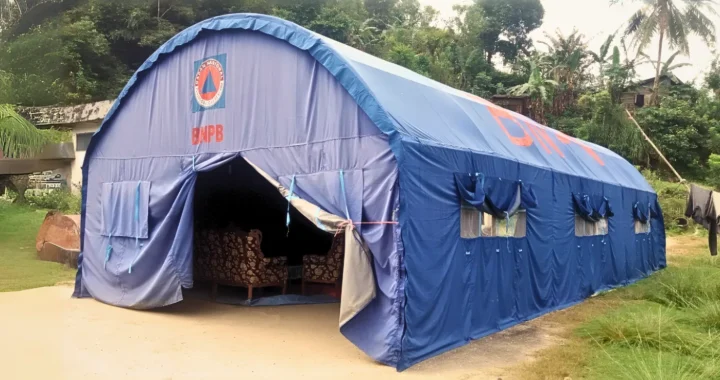Understanding the Severity of Sea Level Rise

Photo: Jonathan Ford on Unsplash.
Climate change has impacted the Earth in different ways. Among them is the sea level rise, which has caused multiple devastating impacts on coastal communities and marine ecosystems. What is the current state of the rising sea level, and what can be done to address it?
An Unprecedented Rate
Since the start of the 20th century, the global average sea level has been rising at an unprecedented rate compared to any other century in the last 3,000 years, according to the IPCC’s Sixth Assessment Report. The National Oceanic and Atmospheric Administration of the United States (NOAA) also estimates that there has been an average of 21-24 centimeters of rise in the oceans since 1880 globally.
Sea level rise is primarily caused by climate change-induced factors: melting land ice and glaciers and the expansion of warming seawater. The UN’s latest report noted that between 2006 and 2018, melting ice contributed to approximately 45% of average global sea level rise, while seawater expansion contributed 39%. Additionally, changes in land water storage also contribute to less than 17% of the rise.
How Sea Level Rise Impacts Lives
For countries with large coastal populations, such as the Small Island Developing States, sea level rise seriously impacts vital aspects of their lives: the communities’ economic activities, important infrastructures, and overall livelihoods. The annual cost of coastal flooding impact could amount to $1.69 billion annually for all SIDS combined.
In extreme cases, sea level rise can even swallow an entire village, like what happened in Ban Khun Samut Chin, Thailand. The village’s population is halved, and their lands are submerged in water, rendering them worthless and unusable. Without immediate action, flooding threatens to drown multiple other cities across the world, including Jakarta, Mumbai, and New York City.
Furthermore, the threats also extend to other aspects, such as water pollution, biodiversity and ecosystem loss, migration and displacement, and the spread of water-borne diseases.
Prevention, Adaptation, and Mitigation
With the current level of greenhouse gas emissions and the state of the climate, sea level rise can reach 0.7–1.1m up to 2300. That might sound insignificant, but as oceans make up almost two-thirds of the Earth’s surface, even the smallest changes have significant rippling effects on the lives on land.
Therefore, halting climate change is the single most crucial effort that must be prioritized globally. Reducing greenhouse gas emissions and transitioning to better industrial practices and sustainable alternatives require collective, transformative actions from governments, businesses, and civil society. At the same time, the importance of mitigation and adaptation measures for more immediate and short-term threats cannot be understated.
Editor: Nazalea Kusuma

Subscribe to Green Network Asia
Strengthen your personal and professional development with cross-sectoral insights on sustainability-related issues and sustainable development across the Asia Pacific and beyond.

Kresentia Madina
Madina is the Assistant Manager for Digital Publications at Green Network Asia. She graduated from Universitas Indonesia with a bachelor's degree in English Literature. She has three years of professional experience working on GNA international digital publications, programs, and partnerships particularly on social and cultural issues.


 How Plant the Emirates Aims to Support Food Self-Sufficiency in the UAE
How Plant the Emirates Aims to Support Food Self-Sufficiency in the UAE  GRI’s Updated Sustainability Standards on Climate Change and Energy
GRI’s Updated Sustainability Standards on Climate Change and Energy  Looking into Biochar as a Bioremediation Agent
Looking into Biochar as a Bioremediation Agent  Australian Climate Visa for Citizens of Tuvalu: Showcasing cross-border partnership in light of the climate crisis
Australian Climate Visa for Citizens of Tuvalu: Showcasing cross-border partnership in light of the climate crisis  Nickel Mining in Raja Ampat and the Widespread Cost of Natural Resource Exploitation
Nickel Mining in Raja Ampat and the Widespread Cost of Natural Resource Exploitation  Lumbung Sosial: Challenges and Opportunities of Indonesia’s Social Barn Program
Lumbung Sosial: Challenges and Opportunities of Indonesia’s Social Barn Program